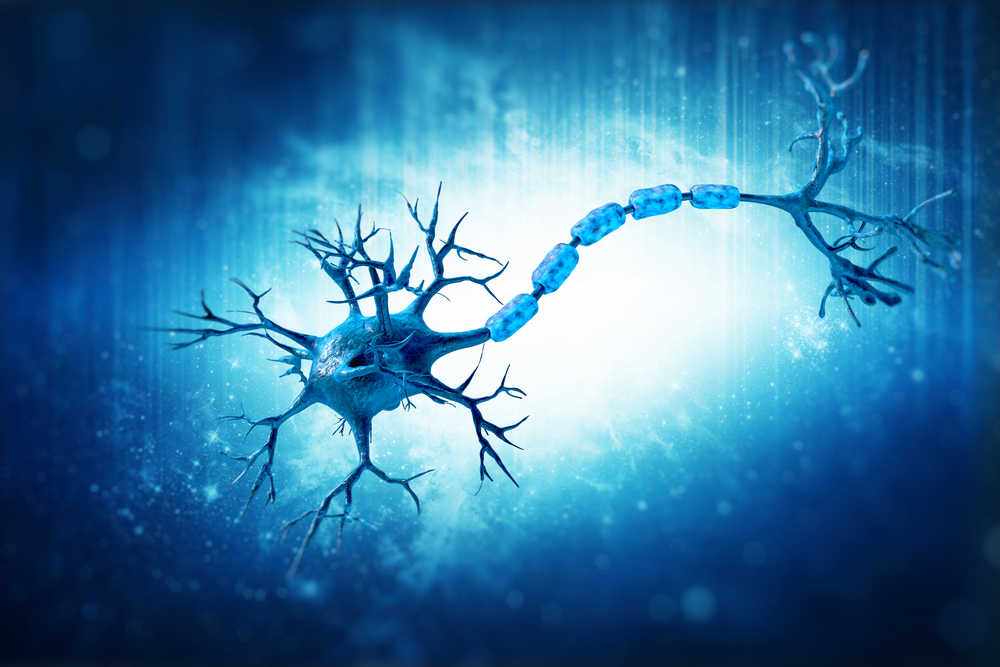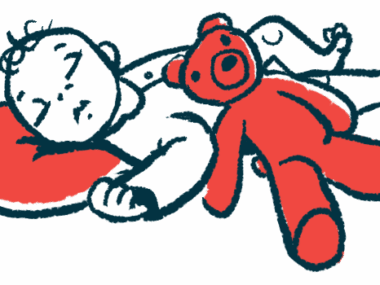High-dose Gene Therapy Vector, Similar to One in SMA Trials, Seen to Induce Toxicity in Animals in Study
Written by |

High doses of a modified, non-infectious virus that is being used in gene therapy — including one now in clinical trials in spinal muscular atrophy patients — cause life-threatening toxicity in monkeys and piglets, researchers at the University of Pennsylvania Perelman School of Medicine report.
Their study, “Severe toxicity in nonhuman primates and piglets following high-dose intravenous administration of an AAV vector expressing human SMN,” appeared in the journal Human Gene Therapy.
A related editorial, however, noted important limitations to this research and its findings, including the small number of animals tested and possibly crucial differences in the vectors used in this study and in the SMA trials.
Adeno-associated viruses (AAV) are among the most used vectors in gene therapy. These vectors are designed to target and deliver DNA to specific cells and have been at the center of clinical-stage treatment strategies.
The investigators report that a variant of AAV9 vectors (called AAVhu68), which can access spinal cord neurons, induced greater liver and neuronal toxicity in the animals than other AAV vectors. An AAV9-based therapy from AveXis is currently being used in ongoing or planned clinical trials in infants and children with different types of spinal muscular atrophy (SMA), delivered either through intravenous injection or intrathecal administration.
The research team tested the ability of AAVhu68 to deliver a fully-functional human SMN1 gene to motor neurons in the spinal cords of three young rhesus macaques and three newborn pigs. A faulty SMN1 gene leads to a shortage of SMN protein and subsequent degeneration of motor neurons in the spinal cord of SMA patients.
Results showed that, within five days of treatment, a high-dose (2×1014 vg/kg) of intravenous AAVhu68 caused severe toxicity in the liver of the monkeys and spinal motor neurons in the piglets. One monkey and the piglets had to be euthanized.
Unlike the immune response triggered by other vectors, the liver results suggested that the toxic effects of AAVhu68 are due to the release of excessive reactive oxygen species. In the piglets, AAVhu68 induced degeneration of spinal motor neurons.
“Preclinical and clinical studies involving high systemic doses of AAV vectors should include careful monitoring for similar toxicities,” the investigators wrote.
In their editorial, “Severe Toxicity in Non-Human Primates and Piglets with Systemic High-Dose Administration of AAV9-Like Vectors: Putting Patients First,” Terence R. Flotte, MD, the journal’s editor-in-chief, and Hildegard Büning, editor of Human Gene Therapy Methods, considered the findings important, but pointed to relevant limitations of the study.
Specifically, they mentioned the low number of animals used — three of each species; the lack of comparison with other doses; the similarity of the two vector batches used, raising a possibility of contamination; and differences between AAVhu68 and the AAV9 vectors in the clinical trials. These issues may explain the findings.
“As important as all of the specific findings of these studies may be, it is arguably much more important that the interpretation of and reaction to these findings is handled by the gene therapy community in a balanced and responsible fashion,” the editors wrote.
“It is possible the amino acid differences between AAV9 and AAVhu68, while not quantitative numerous, are functionally important. Thus, it is possible that these findings were specific to AAVhu68 and not a property of AAV9‐like vectors in general,” they added.
They also point out that doses as high as the one used in the animal study are generally only required when there is a need to cross the blood-brain barrier or to target large masses of muscle. Therefore, the results should be taken with caution and clinical trials should not be halted, they said. Rather, the findings support that investigators collect as much safety data as possible from multiple studies conducted by independent teams in order to allow measured progress to continue.
“If we were to err on the side of overreaction and suddenly halt all systemic AAV9 we may be depriving patients and families of truly life‐saving therapy,” they wrote. “The case of type 1 SMA is a perfect example of this, where the therapeutic responses to rAA9-SMN1 gene therapy (when given at the 2x1014vg/kg high dose) have completely altered the prognosis of that tragic disease.”
In a Phase 1 trial of AveXis’ gene therapy AVXS-1o1 (NCT02122952) in SMA type 1 patients, eight of 12 children in a high-dose treated group months later were reported to be able to sit unassisted, and two could crawl, stand or walk independently — abilities never seen in untreated type 1 infants.
“This is not a time to protect proprietary interests or academic rivalries,” the editors concluded. “If the gene therapy research community makes patient welfare as the sole priority, it will ultimately be beneficial to us all.”






